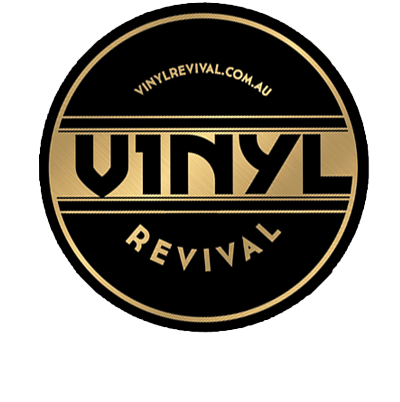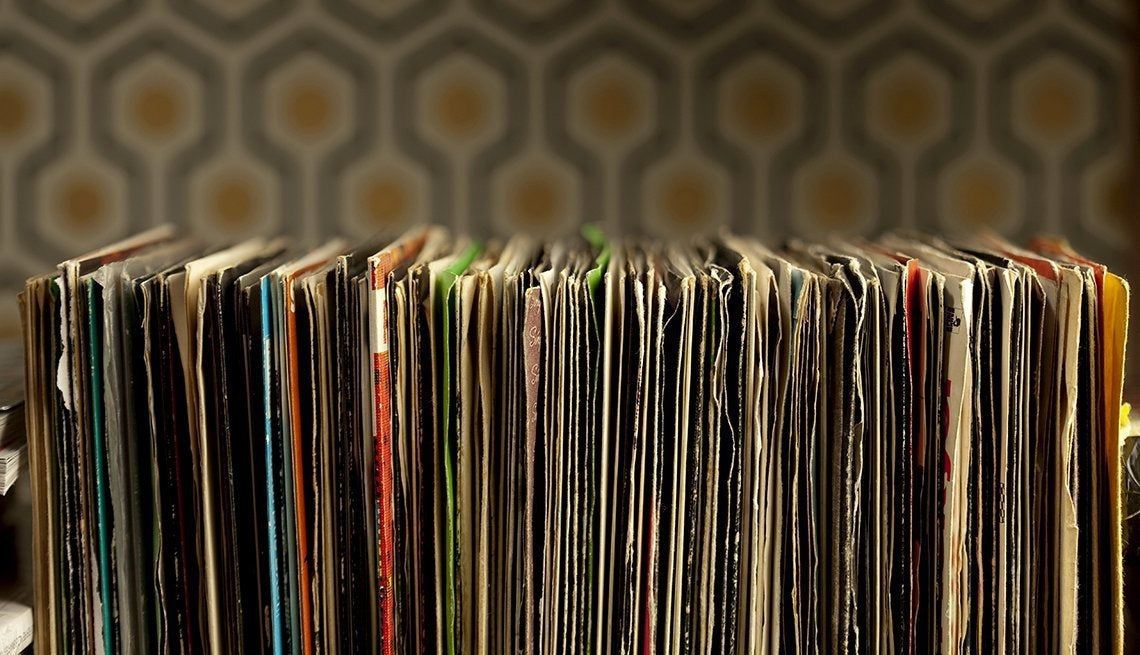There has always been talk amongst hi-fi circles about how vinyl sounds superior to CD. There is a story I read recently about a teenager who was saying to her mother that all her friends had been getting record players and that she wanted to get a turntable too. Her Mum said that she had now moved on to CD's, to which the girl replied, "Oh Mum,you are so old fashioned!". So is it just the extra enjoyment that you get from taking a record out of it's sleeve and playing it on a turntable that has made playing vinyl trendy again? Or is it that young people, who tend to have better hearing than their parents, perceive a greater enjoyment from listening to an LP compared to a CD?
There is an argument that vinyl has a better frequency response than CD due to the limitation of the Digital Encoding Standard. In practice, the maximum frequency for a CD is around 20Khz. An LP does not require the encoding process to convert the audio to a digital standard, as the recording stays as an analogue signal and so the maximum frequency is determined by the quality of the vinyl, the recording and the playback equipment. The distortions and limitations introduced by digital conversion are very different from a purely analogue process and are more significant at the lower resolution format of a CD. These digital distortions such as granulation, jitter and other nasties generated by the digital filters are more objectionable to the human ear than the simple analogue equalisations of a vinyl record. Some will point out that modern vinyl records are digitally recorded in the studio, but the conversion to analogue takes place at high resolution with professional equipment. With a CD, the digital to analogue conversion takes place in your CD player at the lower resolution dictated by the CD Standard.
The resurgence of vinyl has prompted an Austrian firm to file a European patent describing HD (High Definition) vinyl. Unlike current record production that is based on 1960's technology, HD vinyl uses computer generated 3D modelling techniques to describe the groove topography. Although this part of the process is lengthier than simply cutting a groove in lacquer, the result effectively "masters" the topographical data by adjusting the frequency characteristic, correcting radial and tangential errors and dynamically adjusting the groove spacing before burning the audio directly onto the HD vinyl stamper using a laser. Stay tuned, it would seem that vinyl has a bright future.


Share:
Should You Really Clean Your Vinyl Records?
Can I play my records though Sonos?